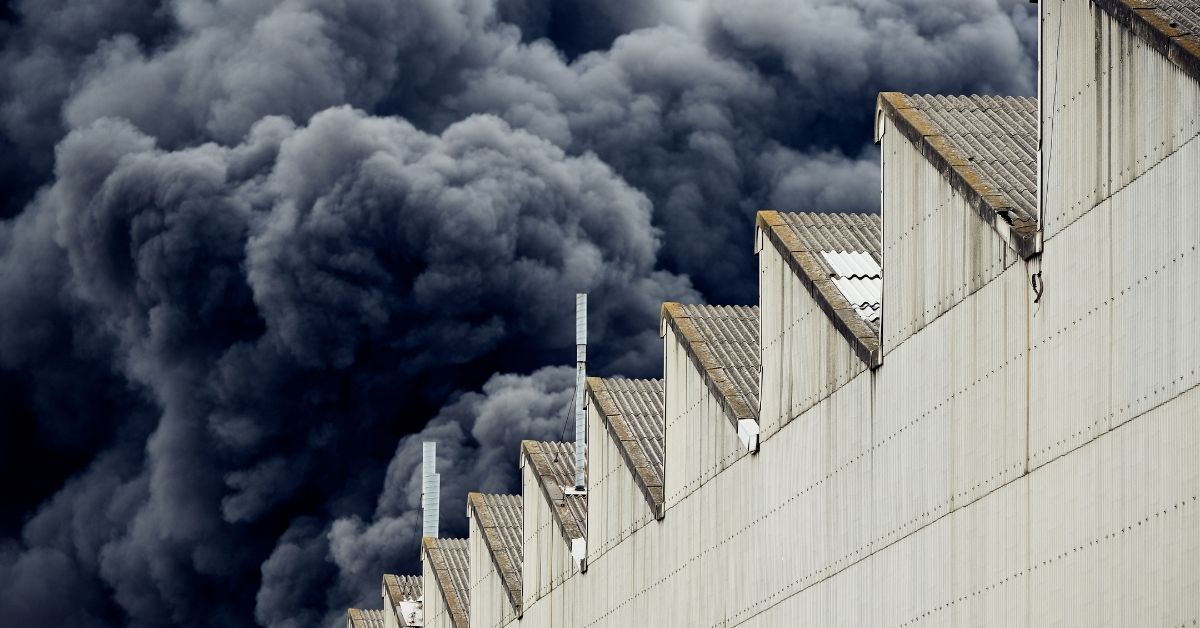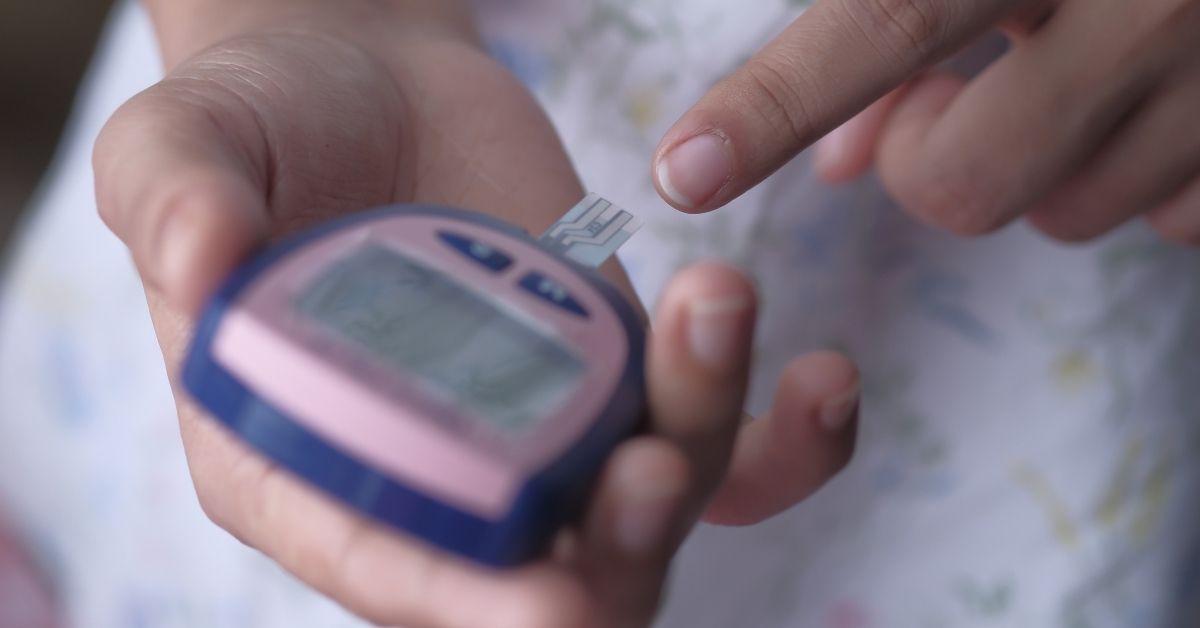We’re in the heat of allergy season. For the millions of people in the U.S. who suffer from allergies, this time of year brings itchy eyes, nose, and throat, sneezing, mucus buildup, congestion, and other pesky symptoms. Luckily, there are ways to find relief. One of which is watching what you eat.
Which Foods Should I Avoid?
Certain foods can worsen seasonal allergies because they’re known to spike hay fever. Try and avoid foods like:
- Alcohol
- Peanuts
- Sugar
- Processed foods
- Wheat
- Chocolate
- Coffee
You may also find relief by limiting foods known to increase mucus production, like:
- Dairy
- Gluten
Some foods are also high in histamine (link this to our histamine blog), a compound released in response to allergens. Eating high-histamine foods can trigger allergy-like symptoms. These foods include:
- Alcohol and other fermented beverages
- Fermented foods and dairy products, like sauerkraut or yogurt
- Dried fruits
- Avocados
- Eggplant
- Spinach
- Processed or smoked meats
- Shellfish
Some foods also contain mold, which can cause allergy-like symptoms, especially if you have a mold allergy. Avoid:
- Coffee
- Cheese
- Grains
Sugary foods can also cause candida, a fungal infection caused by yeast. Candida can also present allergy-like symptoms.
What is Cross-Reactivity?
Cross-reactivity occurs when proteins in one substance (usually pollen) are similar to proteins in another substance (usually food). For example, stevia is part of the ragweed family, and can therefore cause allergy-like symptoms in people who are allergic to ragweed. Or, if you are allergic to birch tree pollen, you may experience allergy symptoms from eating apples.
Food: Only Part of the Equation
While avoiding these foods can help decrease your allergy symptoms, you also need to make sure the air you’re breathing is clean. Getting an air purifier is the best way to do this.
Austin Air cleaners were developed specifically for those with allergies and asthma. The Medical Grade Certified HEPA Material and HEGA filtration used in this unit is proven to remove up to 99% of all airborne contaminants as small as 0.1 microns, including viruses, bacteria, dust, dander and allergens.



